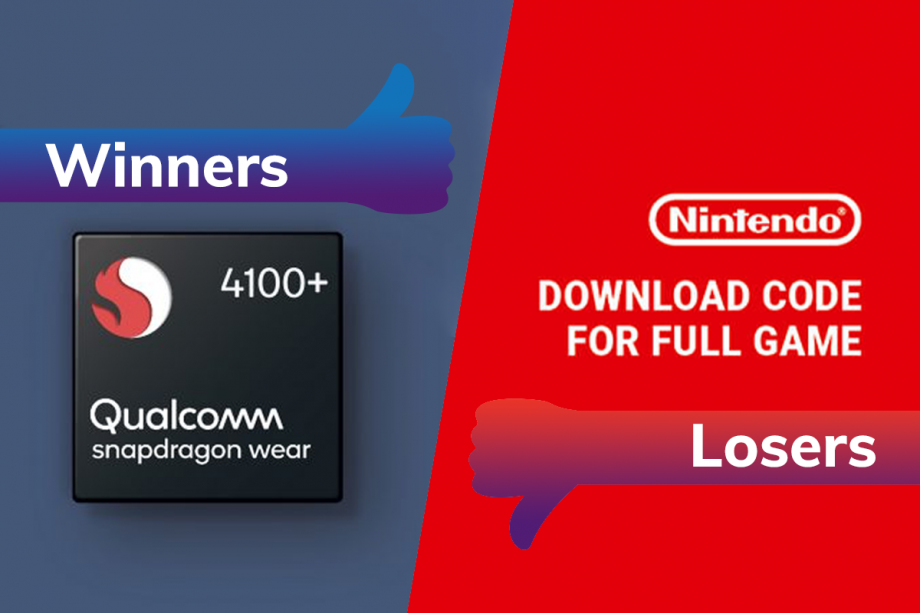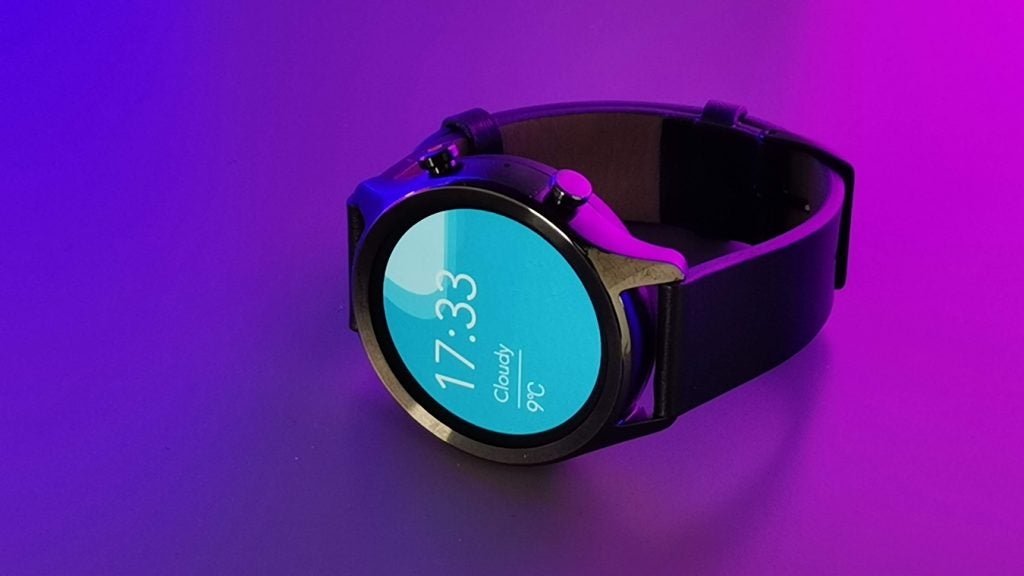Winners and Losers: Wear OS finally has a secret weapon while consumers lose out to Nintendo

Time for another iteration of Winners and Losers, our chance to look back over some of the best (and the worst) headlines to hit the news, and this time we’ve got Wear OS and Nintendo sat squarely in our digital crosshairs.
For Wear OS fans out there, the long wait for some much needed change to Google’s smartwatch software might finally be over, all thanks to a brand new chipset reveal courtesy of Snapdragon.
While Nintendo fans have had a good run of things over the last few weeks, it seems as though the good times are finally coming to an end as Nintendo pulls its latest blunder in a move that’s only going to hurt consumers in the long run.

Winner: Wear OS
It’s sad to say that innovation in the realm of wearables doesn’t move anywhere near as speedily compared to the smartphone market. Brand new chipsets (from a multitude of manufacturers) are a given year on year, but smartwatch fans have recently had to make do with tech that’s nearly two years old, and in some cases, even older than that.
It’s no secret to anyone that Wear OS is in dire need of a shake up, especially if it wants to bring the fight to the Apple Watch Series 6, but with Qualcomm finally announcing the next iteration of its Wear OS-centric chipsets, the time for change might finally be upon us. We are of course talking about the SnapDragon Wear 4100 and the beefier 4100 Plus.
Having two levels of entry into Qualcomm’s new hardware should hopefully entice manufacturers to embrace the new chipsets going forward. Even as recently as last month, I reviewed the new TicWatch Pro 2020 which, despite being a solid smartwatch in its own right, still packs the now four-years old SnapDragon Wear 2100 processor.
The mind only continues to race when you feast your eyes on the specs. The 4100 Plus can perform tasks up to 85% faster than the 3100 chipset, in addition to extending the battery life by up to 25%. This will have a huge improvement on multitasking and app loading, a sticking point in the Wear OS system for years.
Of course, the immense upgrades afforded by Qualcomm’s new chips might be for naught if Google doesn’t seize the opportunity to also implement some key changes to Wear OS itself. Still, if the planets do somehow align, the smartwatch landscape could be looking at a major leap forward.

Loser: Nintendo fans
Just when you think Nintendo is finally in everyone’s good books yet again (I think Animal Crossing: New Horizons will go down as the cornerstone of pop culture in 2020), the company has decided to monopolise the market on digital sales of its first-party titles.
As someone who would often look to the likes of ShopTo or Amazon for cheeky discounts on download codes, the move seems to rather unfairly punish consumers that don’t buy through the eShop directly – removing all hope of there ever being a day-one discount on Nintendo titles.
After all, the environmental benefit of opting for digital purchases over physical copies is well documented, and there’s barely enough space on my shelf as it is without needing to add additional game cases to it, but the move will certainly make me think twice next time there’s a major title on the way. Kudos to those who have £49.99 to drop on the eShop whenever a new Nintendo game appears, but I won’t be one of them.
With the release of Paper Mario: The Origami King just around the corner, it’ll be interesting to see if Nintendo’s decision has any major impact on the game’s sales, or if fans at large just aren’t too fussed by the decision. One thing I can say for sure is that without a last-minute discount, you won’t see me buying the game at launch. C’mon Nintendo, you’re breaking my heart.


